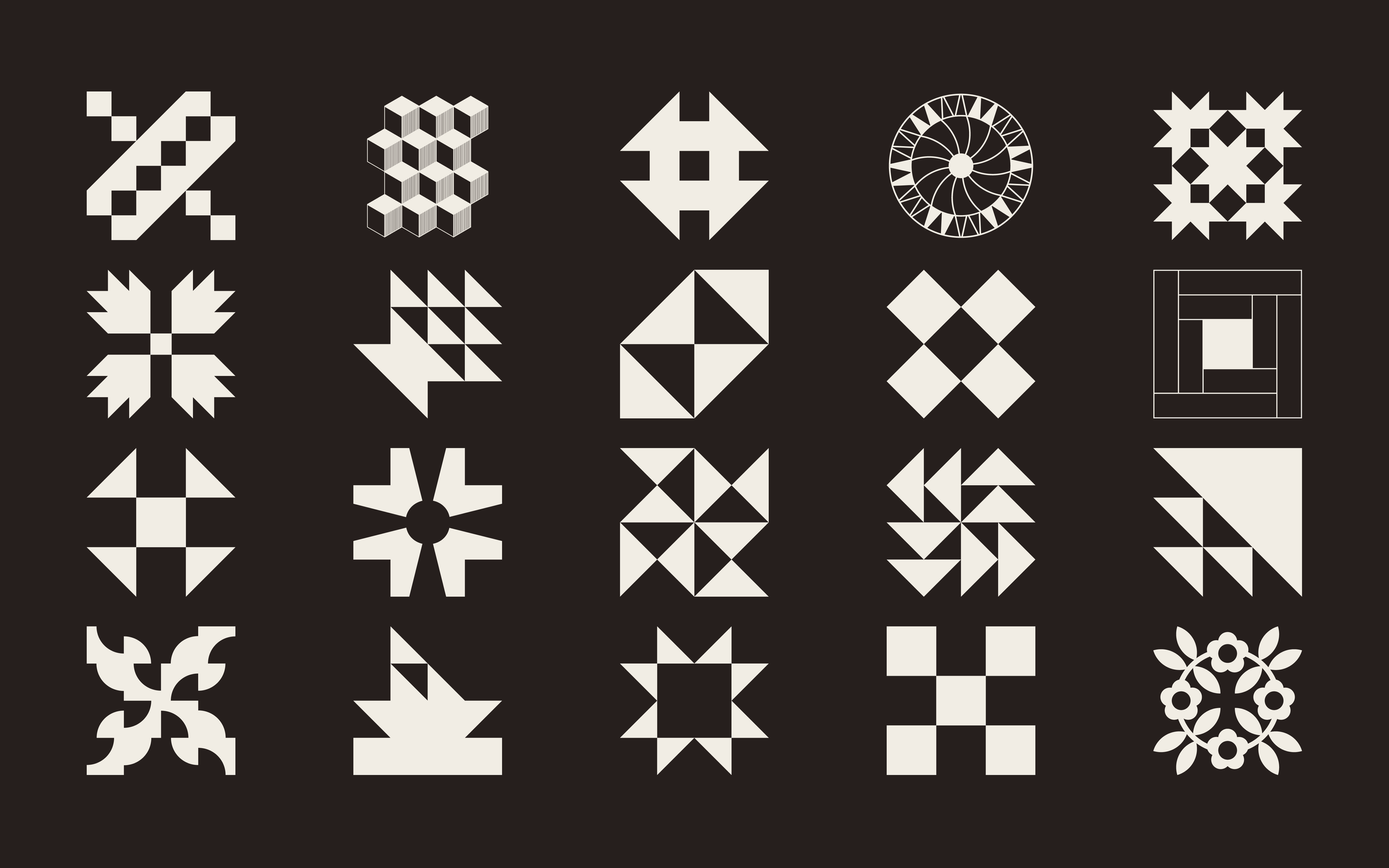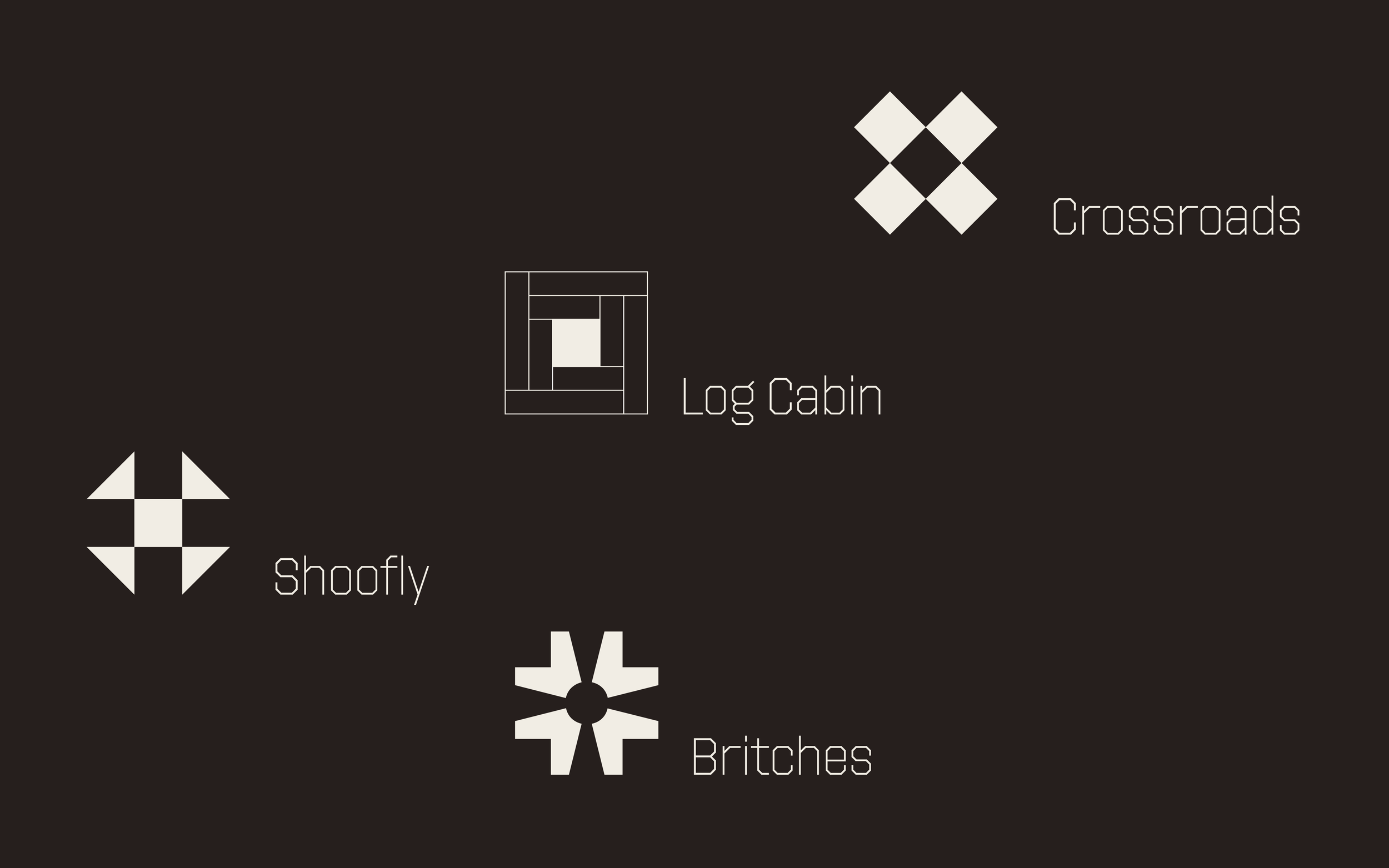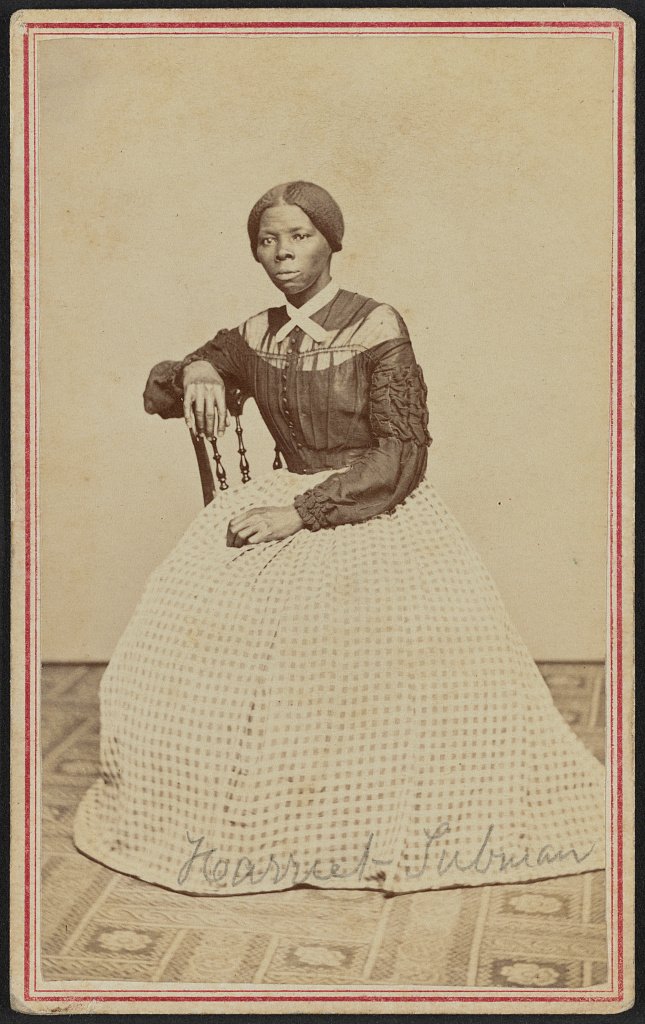It has been said that “history is written by the victors.” In many cases, oral histories have been rejected by the descendants of the victors, but when Anti-literacy laws made it illegal for enslaved and free people of color to read or write, what else is there? On top of that, most of the captured people came from West and Central Africa, came from different environments, spoke different languages, and had different customs. The main unifying element between all of them was the heritage of oral tradition. In many tribes. the most honored person was the storyteller who committed the entire history of the tribe to memory, which was then taught to a younger member of the tribe.
A great example of the survival of the African oral tradition within the contemporary African American community is the Underground Railroad Quilt Code. According to Hidden In Plain View by Jacqueline L. Tobin and Raymond G. Dobard, the Quilt Code was handed down orally, generation to generation since the Antebellum days. The code was first revealed and recited (according to the authors) by Ozella McDaniel Williams of Charleston, South Carolina. The secret communication system used quiltmaking terminology as a message map of runaways traveling along the Underground Railroad.
SOURCE: Hidden In Plain View: The Secret Story of Quilts and the Underground Railroad\ by Jacqueline Tobin
According to Ozella and her family’s oral history, there were ten quilts used to direct the slaves to get ready for an escape, as well as a number of secondary patterns. Each quilt block had a different meaning and part to play in the code. The quilts would be hung one at a time on a fence or cabin door, left to “air out” while communicating a specific action or step in the journey.
SOURCE: Underground Railroad Sampler by Eleanor Burns
JACOB’S LADDER / THE UNDERGROUND RAILROAD
It has an alternating path of dark and light that can be used to show a direction. The slaves could know which way to go by the angle at which the quilt was placed outside the home of the abolitionist. *
TUMBLING BLOCKS
This code tells the slaves to box up the belongings that they want to take with them on their trip on the Underground Railroad.
MONKEY WRENCH
It was a heavy metal tool used by the blacksmith. As a rule, the blacksmith was the most knowledgeable person on the plantation and was known as the "Monkey Wrench". He could travel around without anyone thinking anything suspicious and therefore pass any information needed. In other words, the Monkey Wrench was the person or a group of people who got things moving, or - turned the wagon wheel.
When this quilt was displayed it meant it was time to collect tools needed on the journey north to freedom. There were physical tools needed for constructing a shelter, defending themselves, and determining direction. Along with food, and a few coins, they were to wrap these tools in a bandana bundle. *
WAGON WHEEL
Not only was the wagon wheel symbolic of a "chariot that was to carry them home", but wagons with hidden compartments were one of the primary means of transporting escaping runaways. *
CARPENTER’S WHEEL
This was a secondary code pattern. To the slave, the master carpenter in their lives was Jesus. They would sing the "Swing Low Sweet Chariot" and the plantation owner thought they were singing about going to Heaven, but actually it was a message to follow the directions to the west-northwest - to Ohio. *
BEAR’S PAW
With this quilt, the runaways were directed to follow an actual trail of a bear's footprints. The animal footprints would indicate the best path, just like a road map. Most escapes took place in the spring and with the spring rains, it would be easy to follow a bear's paw trail to food and safety. *
BASKET
Symbol of provisions needed for the long journey north. One of the most difficult things faced by the escaping slaves was feeding themselves along the way. They took what they could carry and then had to depend on safe houses or friends to help. Abolitionists would give them baskets of provisions and tools such as flint and compasses. So one of these quilts hung outside a house would mean a basket of provisions could be had there. *
BROKEN DISHES
This design supposedly meant that the trail ahead would be marked by a piece of pottery.
Like a quilt hanging on a line or off a porch, a bit of broken ceramic would look ordinary and innocuous to those who didn't know and wouldn't arouse suspicion. *
CROSSROADS
Once escapees made it safely through the Appalachian Mountains, they were to travel to the "crossroads" meaning a city where they would find protection and refuge. The main crossroad, or terminal, was Cleveland, Ohio. There were four or five overland trails connected with Cleveland, and numerous water routes, crossing Lake Erie into Canada and freedom. *
LOG CABIN
The block may have indicated there was a specific log cabin in Cleveland that was a safe house, or it may have directed the runaway to build a log cabin to weather out winter and perhaps establish a permanent residence in a "free" area.
The usual center color of the block was red, representing the hearth or fire of the cabin. If the center block was black it indicated the home it hung in front of was a safe house. If the center block was yellow it meant to watch for a light, or lantern. *
SHOOFLY
This pattern represents an actual person who would help escaping slaves. His responsibility was to secretly aid and harbor fugitives. Sometimes the slaves hid out in churches, or caves referred to as cathedrals. Graveyards were frequently the hiding place, especially if they were located on the outskirts of town, or were close to rivers. *
BRITCHES
A symbol indicating the escaping slave needed to dress as a free person.
BOWTIE
A quilt of this pattern was a directive for them to dress in a conventional manner. When they first escaped their clothes were those of the slaves under a master. On the journey they became tattered and torn, so free blacks would often meet them in a safe place and give them fresh clothing so they wouldn't stand out among the city folks. This way they could walk through town undetected to ships waiting to take them across the Great Lakes to Canada and freedom.*
FLYING GEESE
With this quilt, the slaves learned they were to take their direction, timing, and behavior from the migrating geese. Since geese fly north in the spring, it was also the best time for slaves to escape. Geese have to stop at waterways along their journey in order to rest and eat. Especially since geese make loud honking noises it was easy for runaways to follow their flight pattern.*
BIRDS IN THE SKY
This quilt is also symbolic of flight or migration. The clever quilter would make one block with one color dominant so it gave the direction in which to travel depending on the direction the quilt was displayed.*
DRUNKARD’S PATH
This is known by a number of different names depending on whether or not the owner was a teetotaler. No matter what it was called, in the Underground Railroad, it meant that the escapees should travel in a staggering fashion to confuse any slave hunters who might be following them.*
SAILBOAT
This pattern was the symbol of a safe water passage to freedom. Free black sailors and ship owners helped many slaves escape directly, hiding them on board ships and spiriting them away to Canada. *
NORTH STAR
This is also known as the drinking gourd (the Big Dipper). The North Star was the guiding light because it always points to the north. It was an important navigational tool for the ship owners who took the slaves from Cleveland or Detroit to Canada.
NINE PATCH
Once runaway slaves made it to Canada, they could work for land. For every three acres of land they cleared, the Canadian government allowed them to keep one acre for themselves. The “Nine-Patch” quilt square represented the “Nine-Patch” garden they would plant when they earned their one acre of land. It signified their freedom at last! *
WREATH OF ROSES
A wreath of roses served as a memorial to those who had died along the journey, or before it.*
The font was designed to make it easier on you, the designer, to create patterns. With this in mind, A-Z, a-z, 1-9, are single quilt blocks, consisting of regular and inverted designs. With these, you can type out any pattern you please. Stylistic sets 1-5 contain patterns. For example, SS02 contains a 2x2 pattern, while SS05 contains a 5x5 pattern. Also included are alternating patterns (which are treated like ligatures), where white and black glyphs alternate to create a checkered pattern.
As for the name, VTC Harriet is named after the one and only Harriet Tubman. Harriet Tubman was an escaped enslaved woman who became a “conductor” on the Underground Railroad, leading enslaved people to freedom before the Civil War, all while carrying a bounty on her head. But she was also a nurse, a Union spy and a women’s suffrage supporter. Tubman is one of the most recognized icons in American history and her legacy has inspired countless people from every race and background. *








